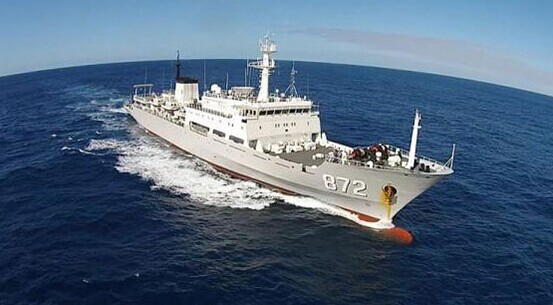摘要
采用氧气介质阻挡放电(DBD)等离子体处理PBO纤维表面,用以改善PBO纤维与双马来酰亚胺(BMI)树脂之间的界面粘结性能。结果表明,用氧气等离子体处理PBO纤维能大幅度提高PBO/BMI复合材料的层间剪切强度(ILSS)值,最佳处理条件为功率30 W/m3、时间24 s,ILSS值从43.9 MPa提高到62.0 MPa。经过氧气DBD等离子体处理的PBO纤维其表面的氧含量明显提高,氮含量变化不大,甚至在过度处理时降低;官能团-O-C=O基团的含量从0提高到3.16%,-C-O-的含量也明显提高;在氧气DBD等离子体处理后的PBO纤维表面产生大量凹凸不平和沟壑,使纤维表面的粗糙度提高。而表面氧含量的提高和表面形貌与粗糙度的变化,是PBO/BMI复合材料ILSS值提高的重要原因。单丝拉伸实验结果表明,适当的DBD等离子体处理不会对PBO纤维表面产生不良影响,不影响其在复合材料中的作用。
关键词: 材料表面与界面 ; DBD等离子体 ; PBO纤维 ; 表面形貌 ; 化学成分 ; 界面粘结强度
Abstract
Poly-p-phenylene benzobisoxazole (PBO) fibers surface were treated by oxygen dielectric barrier discharge (DBD) plasma to improve the interfacial adhesion between PBO fibers and bismaleimide (BMI) resin. The inter laminar shear strength (ILSS) of PBO/BMI composites greatly increased from 43.9 MPa to 62.0 MPa after oxygen plasma treatment for 24 s with the optimal parameter of 30 W/m3. After oxygen DBD plasma treatment the O content on the surface of PBO fibers increased significantly, but that of N did not change much, even decreased after being overtreated. The content of functional groups -O-C=O group increased from 0 to 3.16%, while the content of -C-O- increased significantly. The oxygen DBD plasma treatment produced a lot of bumps and ravines on the surface of PBO fibers. The surface morphology of the fibers becomes complex and their surface roughness was enhanced to certain extent. The increase of surface oxygen content, as well as the change of surface morphology and roughness are the important reasons for the increase of ILSS value of PBO/BMI composites. In addition, appropriate DBD plasma treatment will not have a significant adverse impact on the tensile strength of PBO fibers, will not affect its role in composite materials.
Keywords: surface and interface in the materials ; DBD plasma ; PBO fiber ; surface morphology ; chemical ; interfacial adhesion strength
免责声明:本网站所转载的文字、图片与视频资料版权归原创作者所有,如果涉及侵权,请第一时间联系本网删除。
相关文章

官方微信
《中国腐蚀与防护网电子期刊》征订启事
- 投稿联系:编辑部
- 电话:010-62316606-806
- 邮箱:fsfhzy666@163.com
- 中国腐蚀与防护网官方QQ群:140808414
点击排行
PPT新闻
“海洋金属”——钛合金在舰船的
点击数:7130
腐蚀与“海上丝绸之路”
点击数:5741







